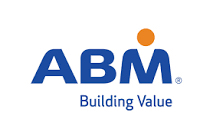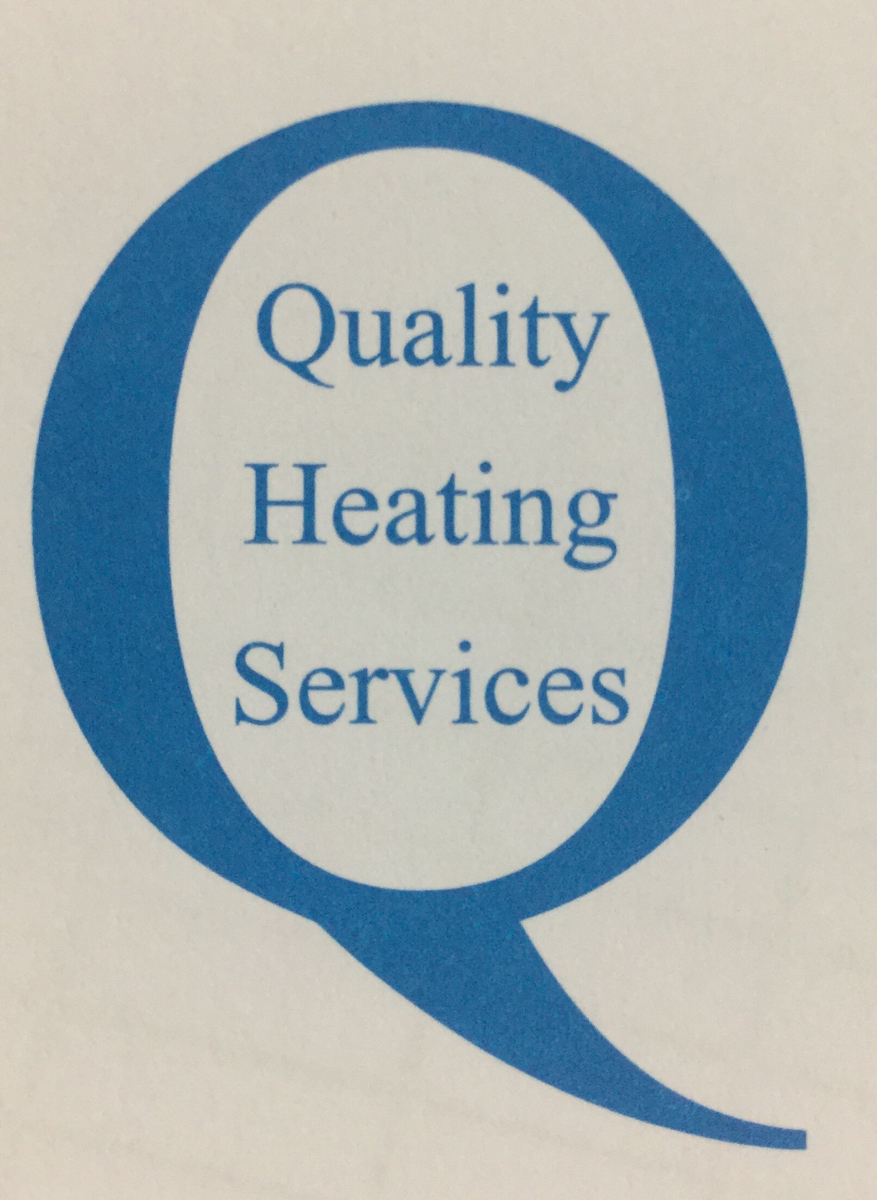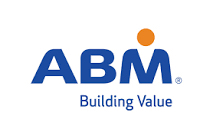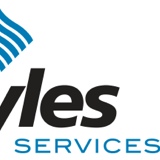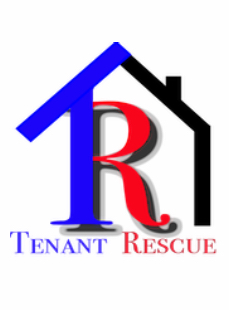Title Page
-
Conducted on
-
Prepared by
-
Location
Appliance 1
-
Is the installation gastight in accordance with AS/NZS5601.1?
-
Is the appliance and its components accessible for servicing and adjustment?
-
Where required by AS/NZS5601.1 is an isolation valve provided at the inlet connection of the appliance?
-
Is the appliance and its installation electrically safe? (Note: Electrical safety is confirmed by checking the electrical supply is isolated, checking earth continuity, checking insulation resistance (where applicable) and using bonding straps if disconnecting an appliance)
-
Is there evidence of certification? (AGA, SAI -Global, IAPMO, Global-Mark or BSI). (Record in the observations table if there is no evidence of certification).
-
Where applicable are gas appliances including cookers adequately restrained from tipping over?
-
Is the room ventilation adequate for the installed appliances? (consider installation and building date for applicable requirements)
-
Where visible are clearances from combustible surfaces in accordance with the installation instructions and AS/NZS5601.1?
-
Where applicable is the cowl, chimney plate or flue terminal in good condition and clear of obstruction?
-
Where applicable is the flue adequately supported and correctly installed (i.e. terminal has correct clearance distance) and sealed at roof penetration?
-
Where applicable is the flue, or its surroundings, clear of signs of scorching or overheating?
Appliance servicing
-
Where applicable is the heat exchanger in good condition (test for spillage of combustion products
-
Has the appliance been cleaned of dust and debris (e.g. burner, pilot, fan, filters, air intake)?
-
Are gas supply and burner operating pressures correct? (Note: All appliances must be operating)
-
Is the appliance clean of dust and debris (e.g. burner, pilot, fan, filters, air intake)
-
Are burner flames normal? (i.e. no evidence of flame lifting, floating, yellow tipping or sooting)
-
Is the appliance operating correctly including safety devices such as pressure and temperature relief valves?
Appliance 2
-
Is the installation gastight in accordance with AS/NZS5601.1?
-
Is the appliance and its components accessible for servicing and adjustment?
-
Where required by AS/NZS5601.1 is an isolation valve provided at the inlet connection of the appliance?
-
Is the appliance and its installation electrically safe? (Note: Electrical safety is confirmed by checking the electrical supply is isolated, checking earth continuity, checking insulation resistance (where applicable) and using bonding straps if disconnecting an appliance)
-
Is there evidence of certification? (AGA, SAI -Global, IAPMO, Global-Mark or BSI). (Record in the observations table if there is no evidence of certification).
-
Where applicable are gas appliances including cookers adequately restrained from tipping over?
-
Is the room ventilation adequate for the installed appliances? (consider installation and building date for applicable requirements)
-
Where visible are clearances from combustible surfaces in accordance with the installation instructions and AS/NZS5601.1?
-
Where applicable is the cowl, chimney plate or flue terminal in good condition and clear of obstruction?
-
Where applicable is the flue adequately supported and correctly installed (i.e. terminal has correct clearance distance) and sealed at roof penetration?
-
Where applicable is the flue, or its surroundings, clear of signs of scorching or overheating?
Appliance 2 servicing
-
Where applicable is the heat exchanger in good condition (test for spillage of combustion products
-
Has the appliance been cleaned of dust and debris (e.g. burner, pilot, fan, filters, air intake)?
-
Are gas supply and burner operating pressures correct? (Note: All appliances must be operating)
-
Is the appliance clean of dust and debris (e.g. burner, pilot, fan, filters, air intake)
-
Are burner flames normal? (i.e. no evidence of flame lifting, floating, yellow tipping or sooting)
-
Is the appliance operating correctly including safety devices such as pressure and temperature relief valves?
LP Gas cylinder and associated components (where applicable)
-
Are cylinders installed on a firm, level and non-combustible base, and not resting on soil?
-
Are LP Gas cylinders suitably restrained and have compliant clearances?
-
Are hoses, pigtail and fittings in good condition and not degraded or work hardened?
-
Are pressure regulators correctly fitted, orientated, set and complete?
Combustion spillage from open flued and room sealed appliances
Appliance one
-
Negative pressure test (open flued appliances only) - Was there a negative pressure?
-
Spillage test - Was there spillage of combustion products?
Appliance two
-
Negative pressure test (open flued appliances only) - Was there a negative pressure?
-
Spillage test - Was there spillage of combustion products?
Appliance 3
-
Negative pressure test (open flued appliances only) - Was there a negative pressure?
-
Spillage test - Was there spillage of combustion products?
Dangerous gas installations
-
Gas Safety (Gas Installation) Regulations 2018, Part 3, Division 3, Section 21 1. If a person carrying out gasfitting work on a gas installation becomes aware of a danger arising from a defect in the gas installation, the person must without delay— a) take all steps that are necessary to make the installation safe; and b) notify the owner of the gas installation and the occupier of the premises in which the installation is situated of the defect. 2. Sub regulation (1)(a) does not apply if the person is unable, or it is unreasonable for the person, to take the necessary steps to make the gas installation safe. 3. If the person carrying out the gasfitting work is unable, or it is unreasonable for the person, to make the gas installation safe, he or she must, without delay, notify Energy Safe Victoria and— a) if the gas installation uses natural gas, the gas distribution company which supplies that gas to the gas installation of the defect; or b) if the gas installation uses LPG, the gas retailer which supplies that gas to the gas installation of the defect. O
Observations and identification of faults
-
Details of observations and identified faults<br>Note: Include reference to a Compliance Certificate number if applicable
-
Action to be taken?
Declaration
-
I, being the person responsible for the inspection of the identified gas appliances or installations in the rental property or rooming house, particulars of which are described here, having exercised reasonable skill and care when carrying out the inspection, hereby declare on the date of inspection that the information in this report, including the observations and recommendations, provides an accurate assessment of the condition of the gas appliances or installations in the rental property or rooming house taking into account the stated extent of the installation and the limitations of the inspection and testing.<br>I further declare that in my judgment, the said appliance(s) and corresponding installation(s) is/are:
Certification
-
Gas license number
-
Gas license holder name
-
Company address
-
Signature
-
Next inspection due






